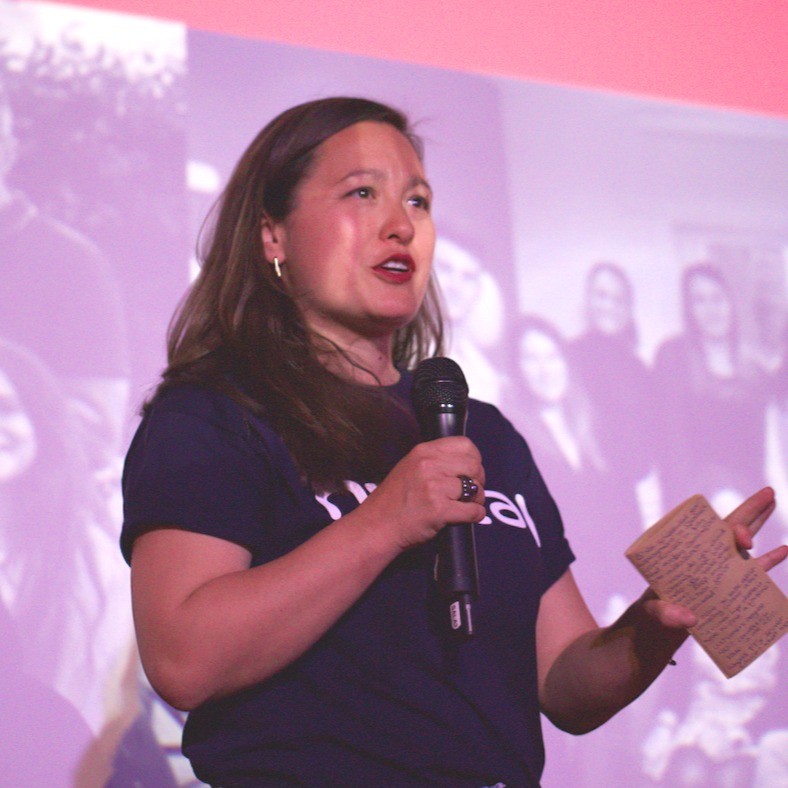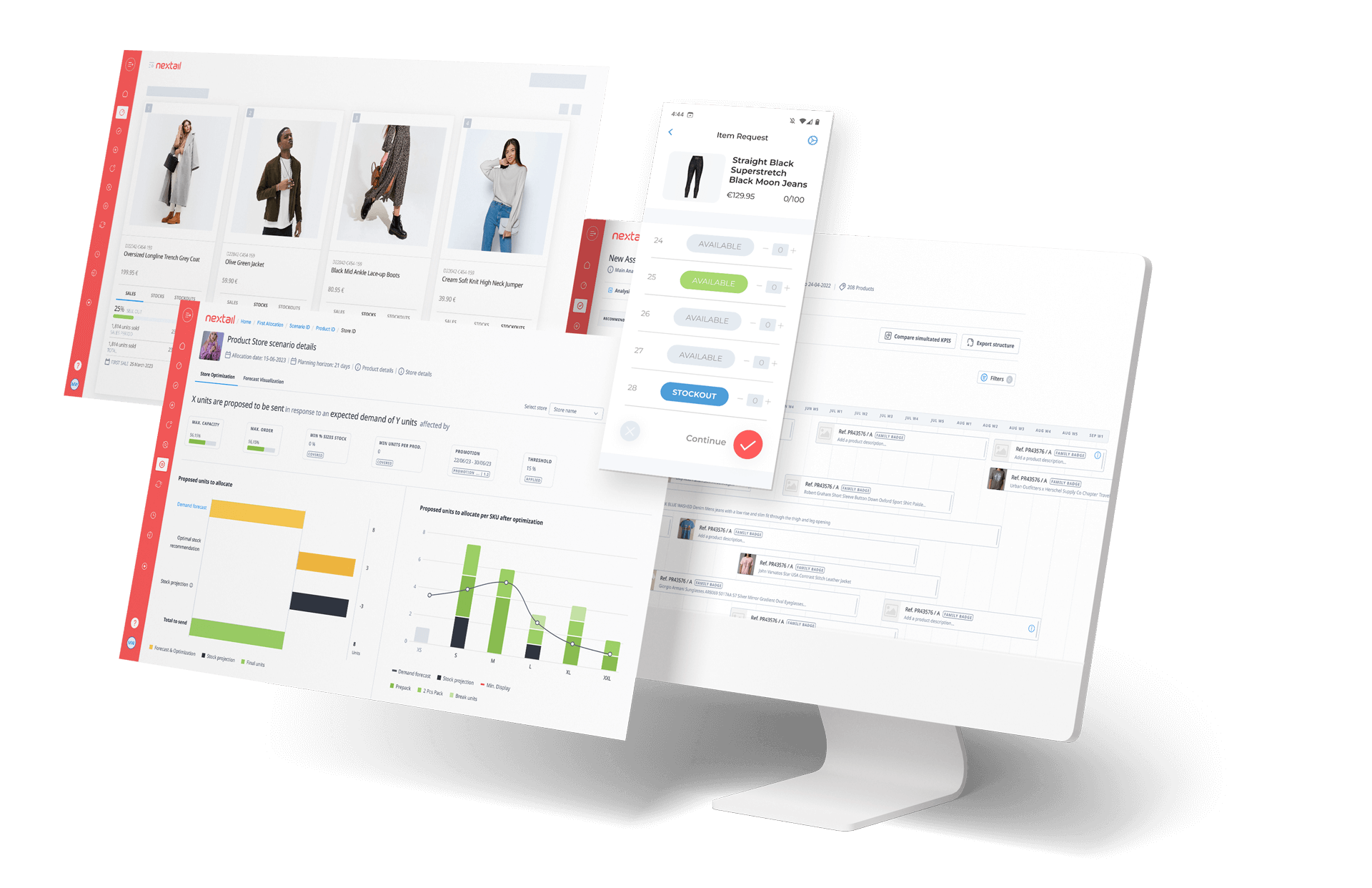The Scotta Journey: CEO Carlos Serra on scaling a fashion brand with authenticity
Carlos Serra, CEO of Scotta, shares his story of the fashion brand that has gone from a homegrown side-project to selling customized t-shirts to opening stores across Spain and beyond. He shares the challenges, learnings, aspirations and tech that have defined the fashion brand’s growth and will continue driving its future.
How did you end up in the world of fashion?
Well, surprisingly, it was unexpected. When it came to fashion, I used to be the typical guy who would wait until my trousers got completely worn out to buy a new pair, and they’d be exactly the same as the last ones. But one thing that was always clear to me was that I wanted to be part of the business world.
Those two worlds came together when I saw a design on a sticker that my friend Nacho had created and was selling through his at-home customization business, and I just loved it. We started talking about it and what started as an idea to grow his merchandising business turned into me becoming his partner, us turning it into an actual online brand, and then selling it across Spain. The rest is history.
What challenges do you remember from those first months?
So many. Almost everything was a learning experience.
We thought our first supplier would just produce a full line for us and we’d start selling straight away, literally out of the trunk of our car. But of course, we quickly learned that it wasn’t that simple. We needed samples, a catalog, planning — and a clear communication strategy to build brand awareness — all of which we hadn’t anticipated.
And then there was the time we flew to Turkey to produce some surfwear because someone told us it was the best option. When we returned, we found that our classic bathing suit design was overly synthetic, our moped logo looked like it was popping a wheelie, and they’d even included someone else’s branding as well!
We made plenty of rookie mistakes, but they helped us get to where we are now. And in many ways, we’re still learning.
What’s your brand promise and why people connect with it?
I believe people connect with us in different ways, but two things stand out: authenticity and quality.
We’re transparent about who we are and how we got here. We share the full story, successes and setbacks, and I think that honesty resonates with people.
And then there’s the product itself. From the beginning, our goal has been to offer the best quality possible within our means, and always at a fair price. Some people are drawn to the logo, some to the stories, others simply to the way our clothes feel and last. But there’s usually an emotional connection behind it.
How are you balancing rapid growth and profitability?
It’s been a process of trial and error.
In the beginning, we were focused almost entirely on growth. Later, we realized profitability was just as essential, so we shifted our focus. Eventually, we found that both are necessary, and now we try to strike a balance between the two.
One of the most valuable things we’ve done is surround ourselves with people who bring more experience and perspective. That’s helped us avoid repeating past mistakes and make more informed decisions moving forward.
What role is technology playing in your growth?
Technology is essential and we’re implementing it widely across the business.
For example, over the last year, we’ve been rethinking how we carry out our inventory management. Not just in terms of day-to-day operations but also strategically in terms of how it can be used as a growth lever.
Previously, we took a long-term strategy of trying to produce just enough stock we thought would make it to the end of the season with as few leftovers as possible. But it was a guessing game, and opening a store without enough product doesn’t let you grow.
Now we’re taking a more flexible and forward-looking approach using technology to help us anticipate demand more accurately. It also means we can stop relying on spreadsheets which is just getting harder and harder for us to do well and quickly.
Excel is no longer enough. If we want our fashion brand to continue growing sustainably, we need tech that allows us to make faster and more informed decisions.
The digitalization of a company is essential because it improves operational efficiency, optimizes decision-making through data use, and enables a better customer experience. Additionally, it increases competitiveness, facilitates adaptation to market changes, and opens up opportunities for new business models and global markets. In an increasingly technological environment, going digital not only drives growth but has become essential for business survival.
What does success look like for you?
On a personal level, it means feeling fulfilled and happy with what you do. It’s more than reaching your goals, it’s the path you take to get there.
In terms of professional success, I’d highlight profitability and the ability to continue to grow without losing the essence of your vision and company mission. My big dream is to see the Scotta fashion brand keep growing, to reach new markets—but always without losing the values and identity that got us started.
__
Read more about the Scotta <> Nextail partnership and how it will help Scotta prepare inventory operations for scale.



